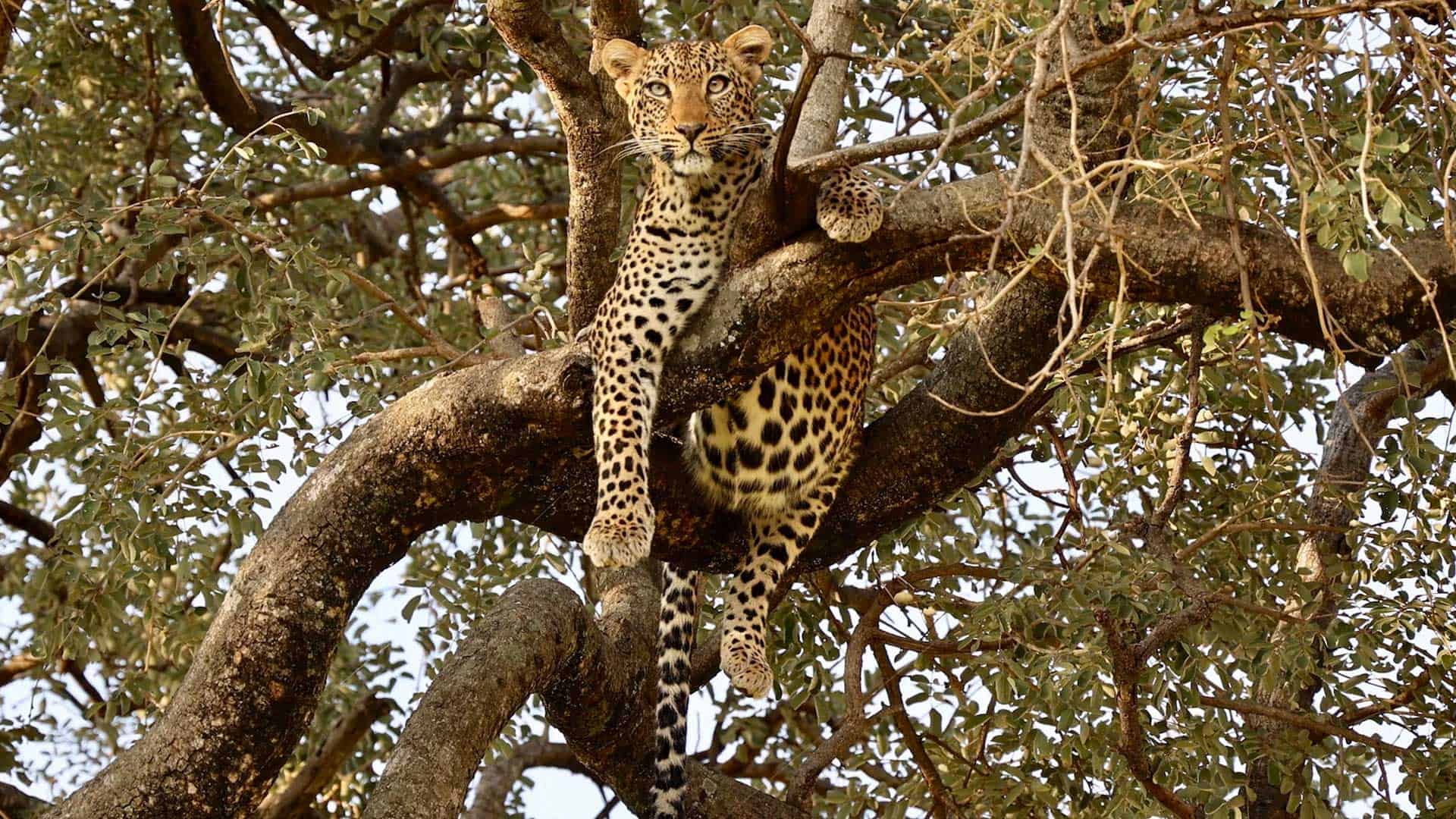The Great Migration in Kenya: Witnessing Nature’s Grand Spectacle
For wildlife enthusiasts, the Great Migration in Kenya is not just an event; it’s a profound display of nature’s endless cycle and vitality. Every year, over a million wildebeest, accompanied by hundreds of thousands of zebras and gazelles, make their monumental journey across the expansive plains of the Maasai Mara. This spectacle is both breathtaking and a humbling reminder of nature’s grandeur. This guide is designed to provide essential insights into experiencing the Great Migration, from arranging flights into Kenya to selecting the best safari lodges and camps for an unforgettable adventure in the wild.
Journey to the Heart of the Migration
The adventure kicks off with a flight into Kenya, where several airports open the gateway to the Maasai Mara National Reserve, the epicenter of this astonishing natural phenomenon. For those eager to witness the migration up close, flying into Nairobi and then catching a local flight to an airstrip near the Maasai Mara is the most popular route. These local flights are not just convenient; they offer a spectacular aerial view of Kenya’s diverse landscapes.

Where to Stay: Safari Lodges and Camps
- Ashnil Mara Camp
Located by the Mara River, Ashnil Mara Camp offers unmatched views of the wildebeest crossings, a pivotal moment of the migration. The camp blends luxury with sustainability, ensuring that your stay makes a positive impact on the conservation of this incredible ecosystem.

- Mara River Camp
Tucked away in a secluded spot of the Maasai Mara, Mara River Camp offers an intimate connection with nature. Its prime location provides guests with a front-row experience of the migration, featuring comfortable tents that capture the essence of a classic African safari.

- Fig Tree Camp
Known for its exceptional service and strategic position, Fig Tree Camp offers panoramic views of the migrating herds. The camp’s guided tours and commitment to conservation make it a prime choice for those looking to witness the migration with respect and responsibility.

The Great Migration: A Comprehensive Guide
Timing and Route
The Great Migration is a dynamic event, driven by the herds’ search for fresh pastures and water. This spectacular journey typically peaks in the Maasai Mara between July and October, which are considered the best months for a visit. However, the exact timing may vary each year, depending on weather conditions and the availability of grazing land.
Best Viewing Locations
The crossings at the Mara River are among the most dramatic scenes of the migration, where the struggle for survival unfolds in breathtaking fashion. Locations along the river, such as Ashnil Mara Camp, are prime spots for witnessing these moments. Additionally, the open plains near Mara River Camp provide a wider view of the migration, allowing observers to grasp the immense scale of this natural marvel.
Responsible Safari Practices
Experiencing the Great Migration is a privilege that carries the responsibility of conserving this wonder for future generations. Opting for eco-friendly lodges and camps, adhering to wildlife viewing guidelines, and supporting conservation efforts are key to a responsible safari. Guides and rangers at Fig Tree Camp and other establishments are knowledgeable about these practices, ensuring that your adventure aids in the preservation of the Maasai Mara ecosystem.
Conclusion
Witnessing the Great Migration in Kenya goes beyond mere wildlife observation; it’s an immersion into the essence of the natural world, teaching lessons in endurance, coexistence, and the unadulterated beauty of life on Earth. By choosing the optimal time for your visit, staying in locations that offer unparalleled views, and practicing responsible safari ethics, you can participate in this magnificent spectacle while helping to ensure its continued existence for generations to come.



